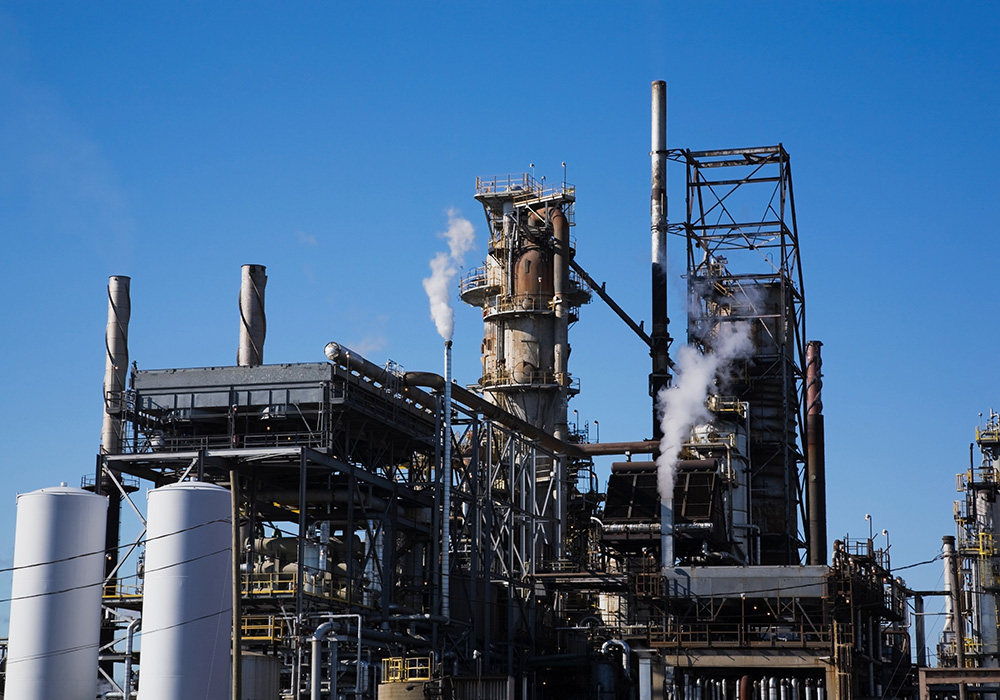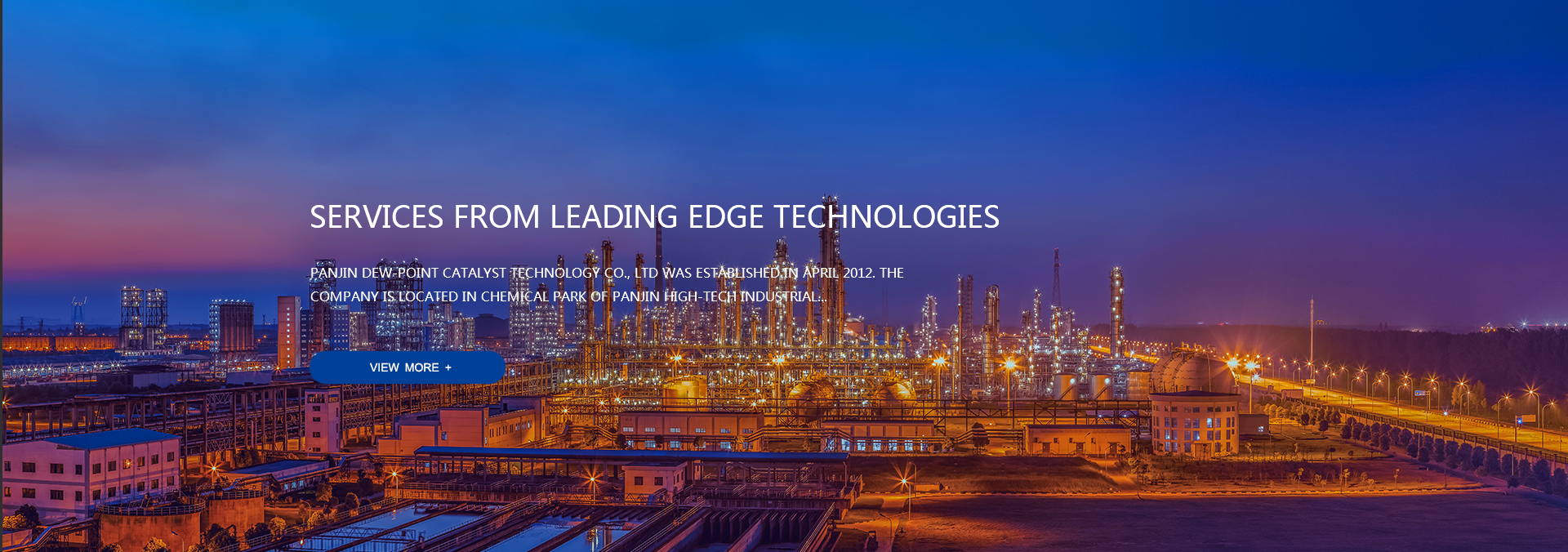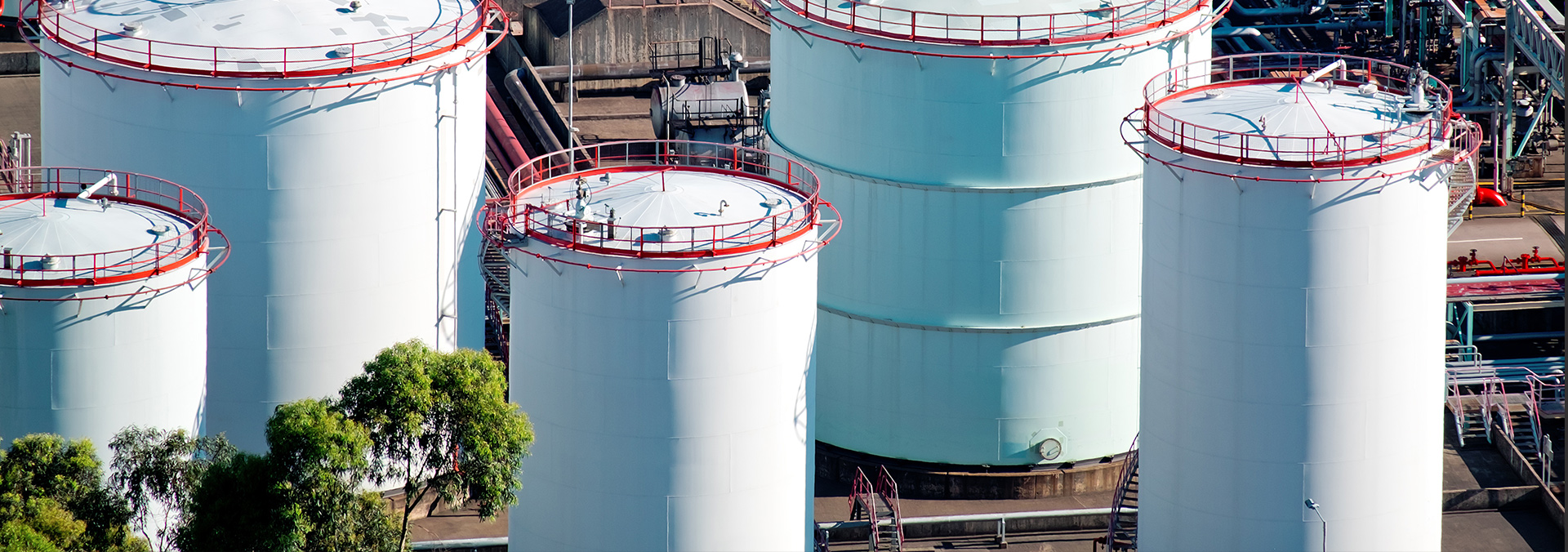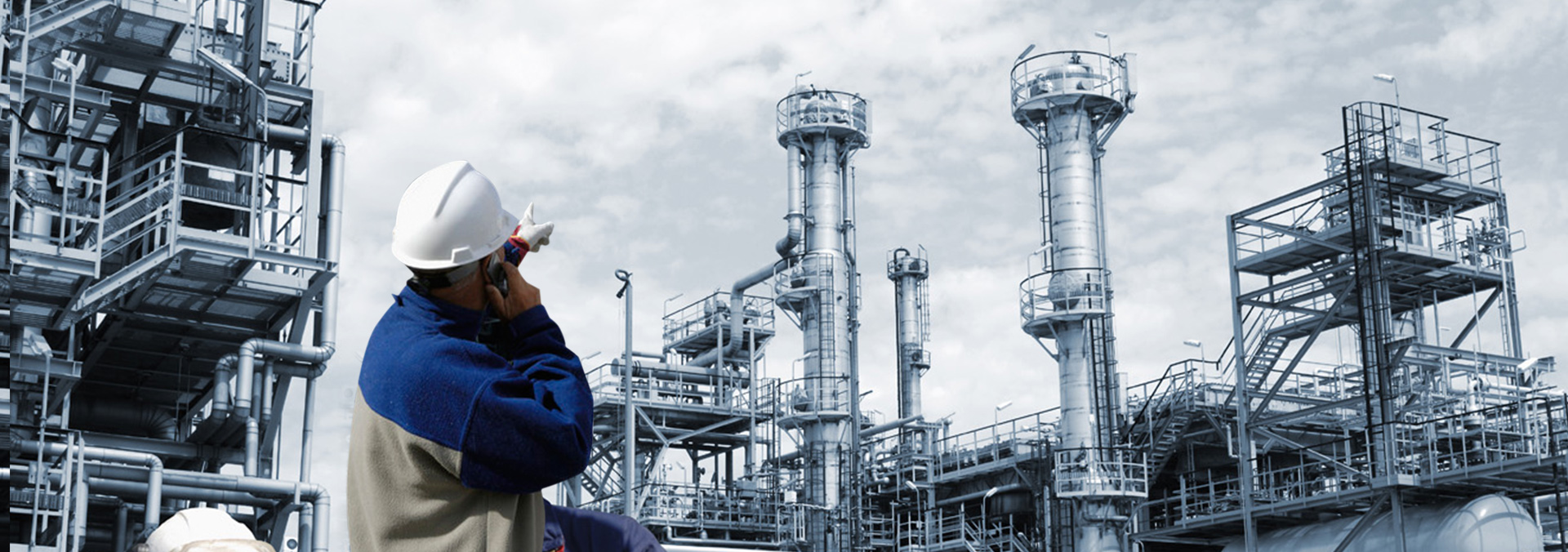Name:Panjin dew-point catalyst technologise co.,ltd.
Add:Chemical Industrial park, high-tech Zone, Panjin City, Liaoning Province, China
Tel:+86 427 659 4508
Fax:+86 0427-6594500
E-mail:service@dpcatalyst.com
power poles Panjin dew-point catalyst technologise co.,ltd. all rights
Hotline
0427-6594508
A milestone in catalytic science and technology-Purification Catalyst
With the development of the economy, the output of automobiles has increased rapidly, and with the continuous increase in the number of automobiles, the emission of automobile exhaust pollutants has continued to increase. The hazards of automobile exhaust pollutants are not only reflected in large emissions, but more importantly reflected in the characteristics and emission locations of exhaust pollutants. Take PM2.5 as an example to illustrate the characteristics of automobile pollutants. The hazard of PM2.5 depends on three aspects: the smaller the size, the greater the hazard, the more toxic the chemical composition, the greater the hazard, and the greater the number, the greater the hazard.

The main sources of PM2.5 are automobiles, industrial emissions (mainly coal) and dust. The dust particles are relatively large, mainly inorganic substances such as silicon oxide, with the least organic components, little harm, and easy prevention and control. Both coal and automobile PM2.5 contain highly carcinogenic polycyclic aromatic hydrocarbons (PAHs) and other organic components, but the proportion of coal-burning PM2.5 is not as high as that of automobiles, the particles are larger, and the quality is larger than that of automobiles, but the quantity There are far less PM2.5 than automobiles, and PM2.5 emitted by coal and other industries is also a key control object.
Facing the increasingly serious exhaust pollution, various countries have formulated automobile exhaust emission regulations and the development of exhaust gas control technology has gradually tightened to control automobile exhaust pollution. The world's main emission regulations include the United States, the European Union, Japan, India and other regulatory systems. Automobile exhaust gas control technology includes in-flight purification technology and out-of-flight purification technology. The in-flight control technology mainly improves engine performance and reduces pollutant emissions, but the in-flight purification alone cannot meet the emission standards. The external purification technology is mainly exhaust Purification Catalyst technology, including Purification Catalyst for gasoline vehicles with theoretical air-fuel ratio combustion, Purification Catalyst for motorcycles, Purification Catalyst technology for compressed natural gas vehicles with theoretical air-fuel ratio, and selective reduction of NOx for lean-burn diesel vehicles ( SCR) Purification Catalyst, oxidation catalyst (DOC), particulate matter trap (CDPF) technology with Purification Catalyst coating and oxidation catalyst technology for lean-burn CNG vehicles.
Purification Catalyst is the most successful catalyst in the field of catalysis in the past 40 years. It is also the most successful example of pollutant control in the environmental field. It is a major scientific innovation promoted by the emission regulations of various governments. Purification Catalyst for exhaust gas is a monolithic catalyst consisting of a substrate and a catalyst coating coated on the substrate. The matrix is divided into two types, the permeable type and the wall flow type. The permeable type is divided into two types: ceramic honeycomb body and metal honeycomb body. At present, Purification Catalyst has played a key role in the purification of automobile exhaust, but the battle to purify automobile exhaust is still underway.







